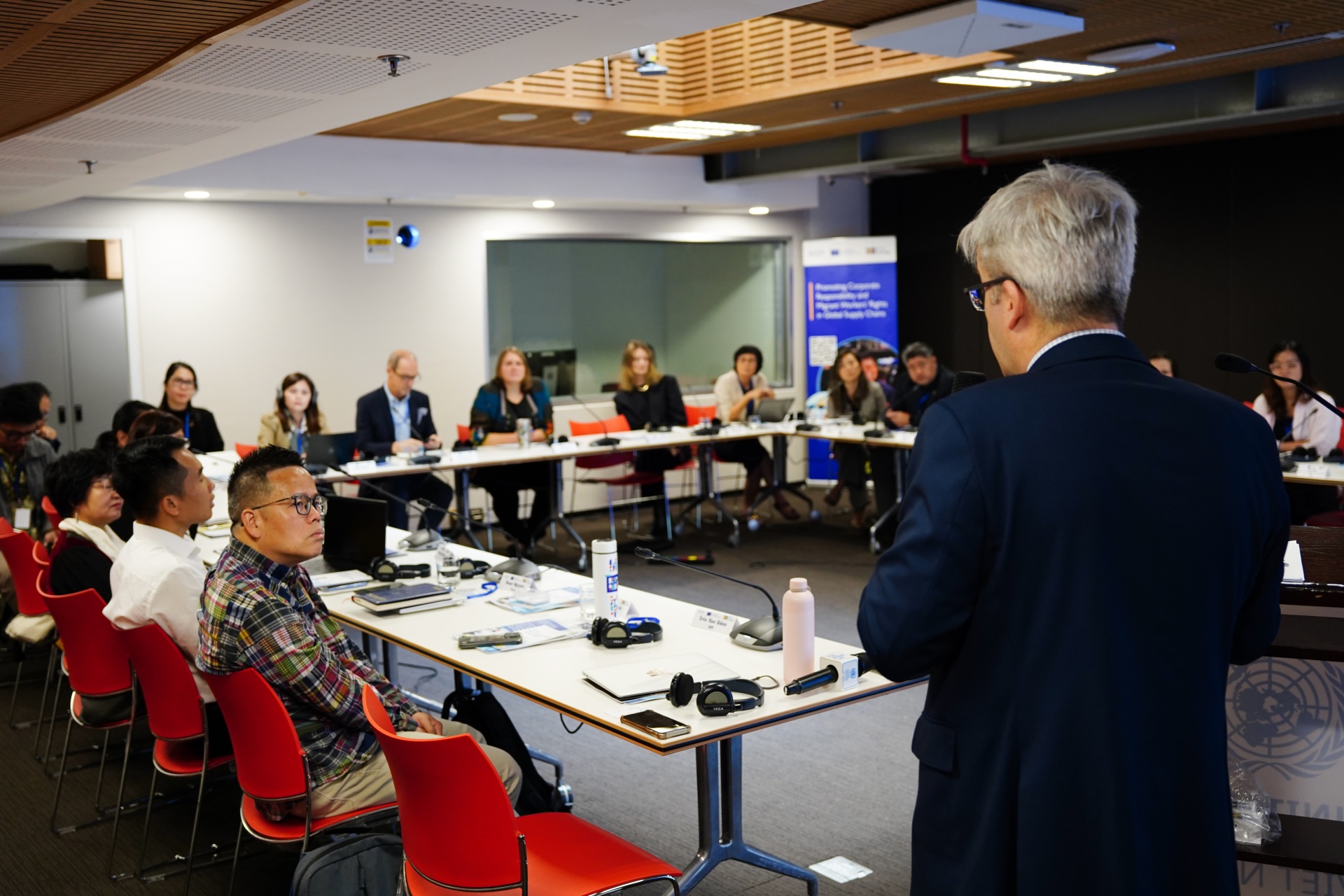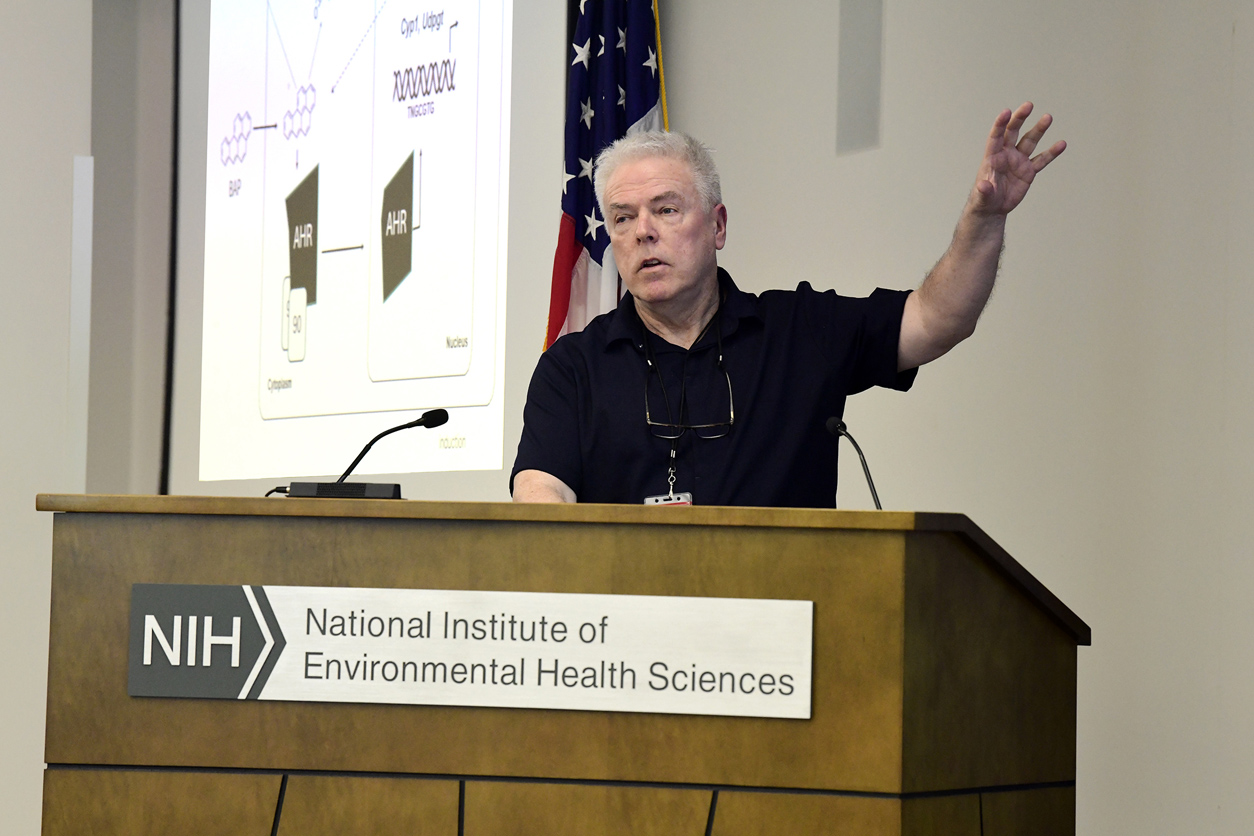University of Arizona researchers develop solar tower to fight food waste – KGUN 9

Project Report: Solar Drying Tower for Sustainable Development
Executive Summary
A University of Arizona research team, through the startup Kuairu, has developed a 25-foot solar drying tower. This innovation directly addresses several United Nations Sustainable Development Goals (SDGs) by reducing food waste, utilizing clean energy, generating clean water, and mitigating climate change emissions. The project has successfully scaled its processing capacity and is preparing for full operational deployment with a vision for global impact.
Contribution to Sustainable Development Goals (SDGs)
Addressing Food Security and Responsible Production (SDG 2 & SDG 12)
- SDG 12 (Responsible Consumption and Production): The core objective of the technology is to significantly reduce food loss at the post-harvest stage. By rapidly drying fruits and vegetables, the system prevents produce from ending up in landfills, directly supporting Target 12.3 to halve food waste and reduce food losses along production chains.
- SDG 2 (Zero Hunger): By preserving perishable foods and extending their shelf life, the solar tower enhances food availability and stability, contributing to the goal of ending hunger and ensuring access to sufficient, safe, and nutritious food.
Promoting Environmental Sustainability (SDG 6, SDG 7, & SDG 13)
- SDG 7 (Affordable and Clean Energy): The tower operates entirely on solar power, using natural heat gradients for the drying process. This ensures a zero-carbon footprint, aligning with the goal of increasing the share of renewable energy.
- SDG 13 (Climate Action): The project contributes to climate action by preventing organic waste from decomposing in landfills, which reduces the emission of methane, a potent greenhouse gas. Its reliance on clean energy further supports climate mitigation efforts.
- SDG 6 (Clean Water and Sanitation): A key feature of the system is its ability to recapture water released from the produce during the drying process. This reclaimed water is purified into clean drinking water, offering a novel solution to address water scarcity.
Fostering Innovation and Scalability (SDG 9)
- SDG 9 (Industry, Innovation, and Infrastructure): This project, backed by Tech Launch Arizona, exemplifies university-led innovation creating sustainable industrial applications. The successful scaling of the technology from a small to a large-capacity system demonstrates its potential for widespread, impactful infrastructure development.
Project Specifications and Status
- Technology: 25-foot solar-powered drying tower.
- Developer: Kuairu, a startup co-founded by University of Arizona professor Goggy Davidowitz.
- Mechanism: Utilizes natural heat gradients to dry produce in hours instead of days.
- Capacity: Scaled from processing 250 pounds to four tons of produce.
- Dual Outputs: Produces dried foods and recaptures clean drinking water.
- Current Status: Preparing the first full-scale system for operational deployment.
- Future Outlook: To expand the technology’s implementation worldwide.
Analysis of Sustainable Development Goals (SDGs) in the Article
1. Which SDGs are addressed or connected to the issues highlighted in the article?
- SDG 2: Zero Hunger – The technology addresses food preservation, which is crucial for food security and reducing post-harvest losses, contributing to the availability of food.
- SDG 6: Clean Water and Sanitation – The system’s ability to recapture water from the drying process and convert it into clean drinking water directly relates to this goal.
- SDG 7: Affordable and Clean Energy – The solar drying tower operates with a “zero carbon footprint” by using solar power, a form of clean and renewable energy.
- SDG 9: Industry, Innovation, and Infrastructure – The article highlights the development of an innovative technology by a university team and a startup, showcasing progress in sustainable industrial processes and technological capabilities.
- SDG 12: Responsible Consumption and Production – The primary function of the tower is to reduce food waste by preserving produce that would otherwise be discarded, directly aligning with sustainable production and consumption patterns.
- SDG 13: Climate Action – By using solar energy and preventing food from ending up in landfills (where it would produce methane, a potent greenhouse gas), the technology helps combat climate change and its impacts.
2. What specific targets under those SDGs can be identified based on the article’s content?
-
Under SDG 2 (Zero Hunger):
- Target 2.4: By 2030, ensure sustainable food production systems and implement resilient agricultural practices. The solar dryer is a technology that supports resilient agricultural practices by reducing post-harvest losses.
-
Under SDG 6 (Clean Water and Sanitation):
- Target 6.4: By 2030, substantially increase water-use efficiency across all sectors. The system contributes to this by creating a new source of clean drinking water from the moisture in produce, representing an innovative form of water recapture and efficiency.
-
Under SDG 7 (Affordable and Clean Energy):
- Target 7.2: By 2030, increase substantially the share of renewable energy in the global energy mix. The technology is explicitly solar-powered, directly contributing to the use of renewable energy.
-
Under SDG 9 (Industry, Innovation, and Infrastructure):
- Target 9.4: By 2030, upgrade infrastructure and retrofit industries to make them sustainable, with increased resource-use efficiency and greater adoption of clean and environmentally sound technologies. The solar dryer is a clean and environmentally sound technology designed for the food processing industry.
-
Under SDG 12 (Responsible Consumption and Production):
- Target 12.3: By 2030, halve per capita global food waste at the retail and consumer levels and reduce food losses along production and supply chains, including post-harvest losses. The article states the tower is “designed to reduce food waste” by preserving “produce that might otherwise end up in landfills,” which directly addresses the reduction of post-harvest losses.
-
Under SDG 13 (Climate Action):
- Target 13.3: Improve education, awareness-raising and human and institutional capacity on climate change mitigation. The development and promotion of a “zero carbon footprint” technology by a university serve as a practical example of climate change mitigation and innovation.
3. Are there any indicators mentioned or implied in the article that can be used to measure progress towards the identified targets?
-
For Target 12.3 (Reduce food loss):
- Implied Indicator: The amount of food waste reduced. The article mentions the system can handle “four tons of produce at a time,” which could be used as a metric to quantify the volume of produce saved from landfills. This relates to Indicator 12.3.1 (a) Food loss index.
-
For Target 6.4 (Increase water-use efficiency):
- Implied Indicator: The volume of clean drinking water produced. The article states the system “recaptures water from the drying process, producing clean drinking water.” Measuring this output would be a direct indicator of its contribution to water supply.
-
For Target 7.2 (Increase share of renewable energy):
- Implied Indicator: The operational capacity of the solar-powered technology. The fact that the system is entirely solar-powered and has a “zero carbon footprint” is a qualitative indicator. The scaling from “250 pounds to four tons” indicates an increasing capacity for renewable energy application. This relates to Indicator 7.2.1 Renewable energy share in the total final energy consumption.
-
For Target 13.3 (Climate change mitigation):
- Direct Indicator: Carbon footprint reduction. The article explicitly states the system has a “zero carbon footprint,” which is a direct measure of its impact on emissions and climate change mitigation.
SDGs, Targets, and Indicators Summary Table
| SDGs | Targets | Indicators (Mentioned or Implied in the Article) |
|---|---|---|
| SDG 12: Responsible Consumption and Production | 12.3: Halve food waste and reduce food losses, including post-harvest losses. | The volume of produce processed (up to four tons) that is saved from becoming landfill waste. |
| SDG 6: Clean Water and Sanitation | 6.4: Substantially increase water-use efficiency and ensure sustainable withdrawals. | The volume of clean drinking water recaptured and produced from the drying process. |
| SDG 7: Affordable and Clean Energy | 7.2: Increase substantially the share of renewable energy in the global energy mix. | The use of a solar-powered system, indicating a shift to renewable energy sources in food processing. |
| SDG 13: Climate Action | 13.3: Improve education and capacity on climate change mitigation. | The “zero carbon footprint” of the technology, serving as a direct measure of emissions reduction. |
| SDG 9: Industry, Innovation, and Infrastructure | 9.4: Upgrade infrastructure and retrofit industries for sustainability with clean technologies. | The development and scaling of a new, clean technology for the food industry. |
| SDG 2: Zero Hunger | 2.4: Ensure sustainable food production systems and resilient agricultural practices. | Implementation of a technology that reduces post-harvest losses, thereby strengthening the food supply chain. |
Source: kgun9.com

What is Your Reaction?
 Like
0
Like
0
 Dislike
0
Dislike
0
 Love
0
Love
0
 Funny
0
Funny
0
 Angry
0
Angry
0
 Sad
0
Sad
0
 Wow
0
Wow
0










































































